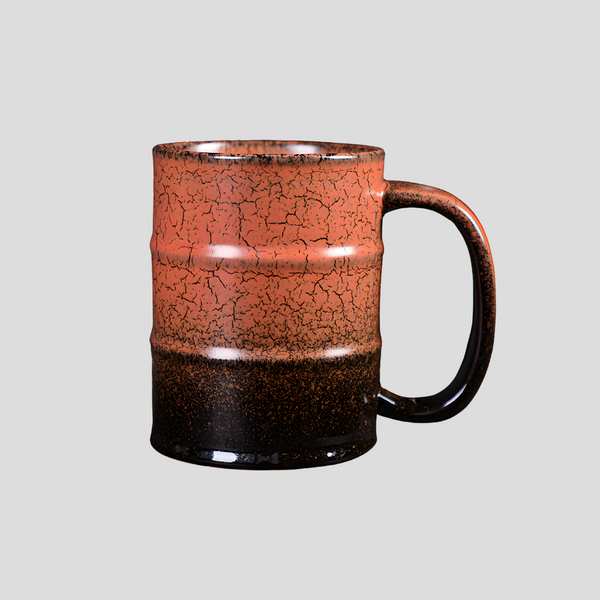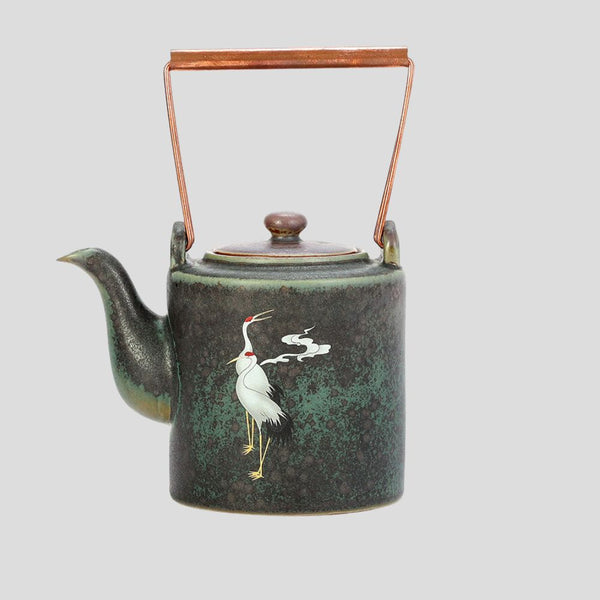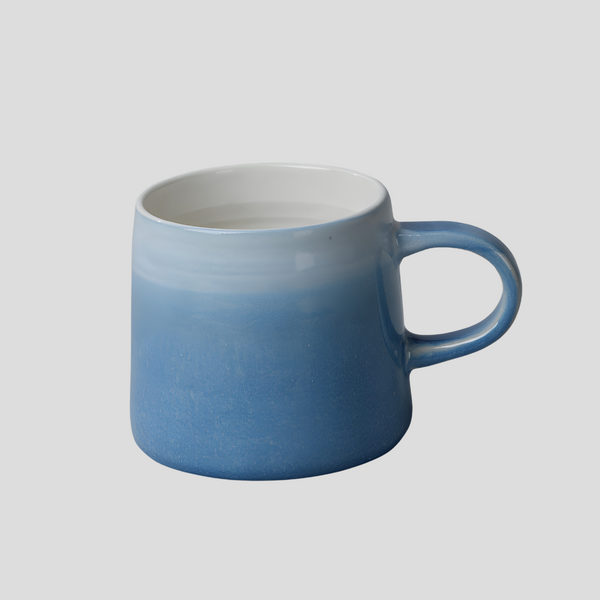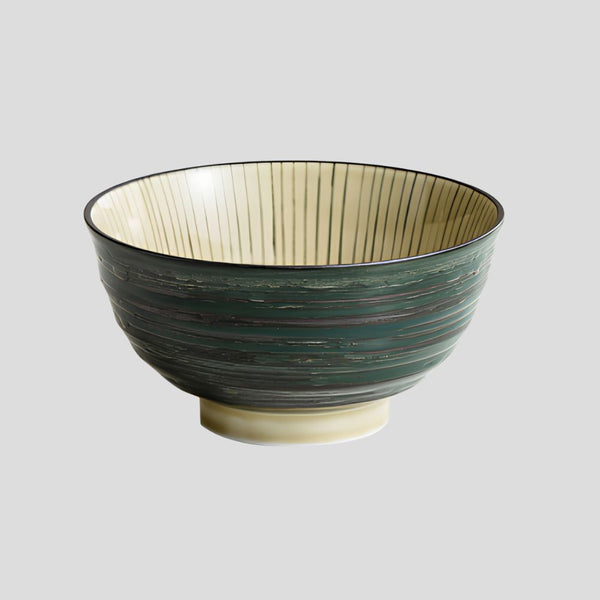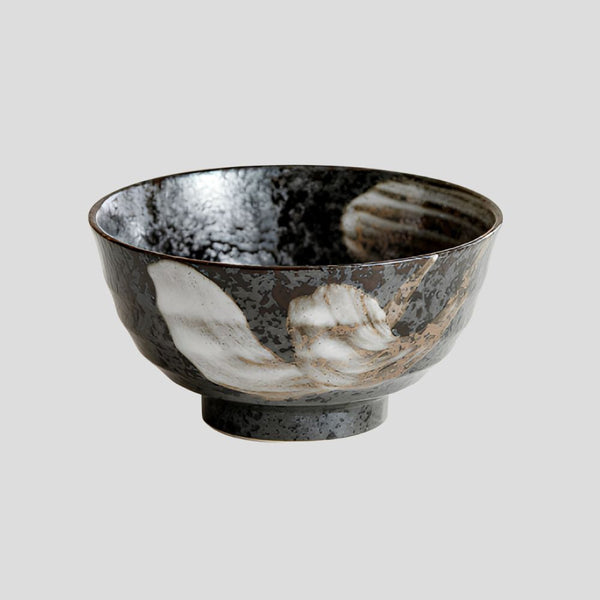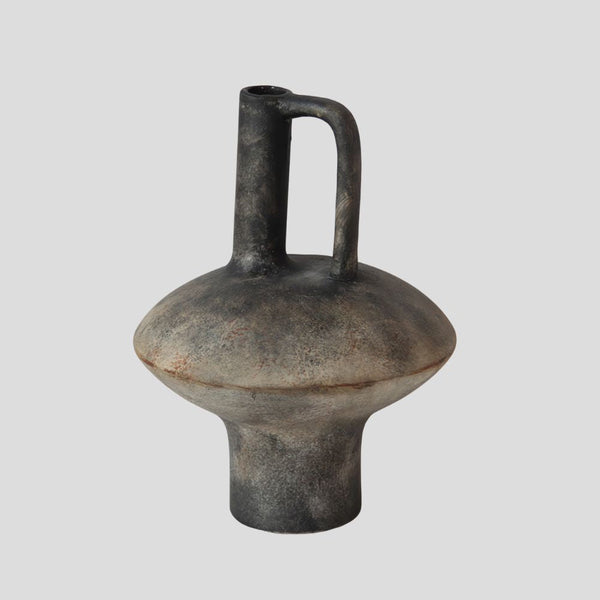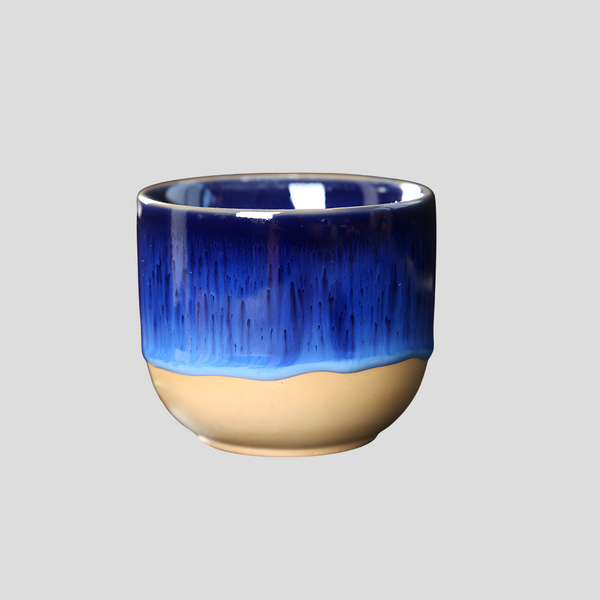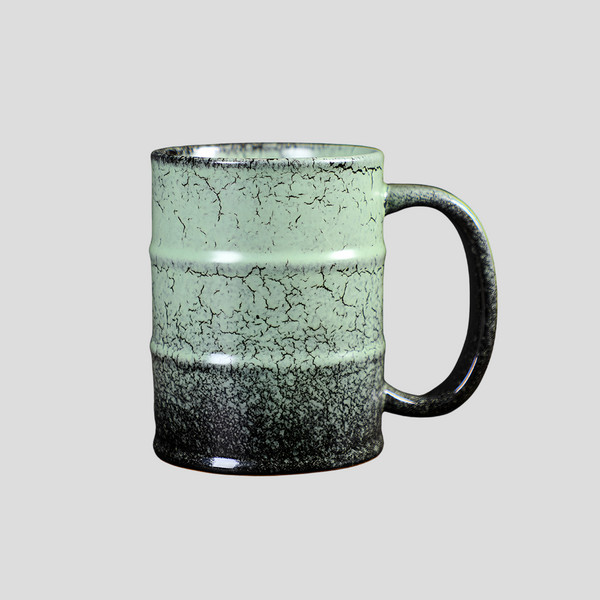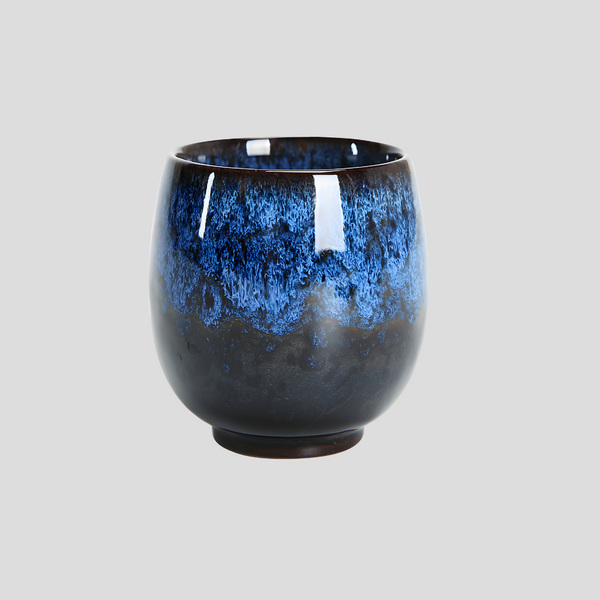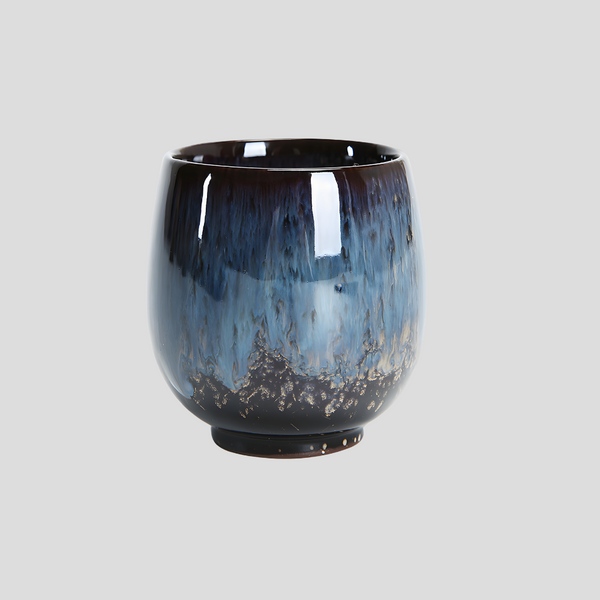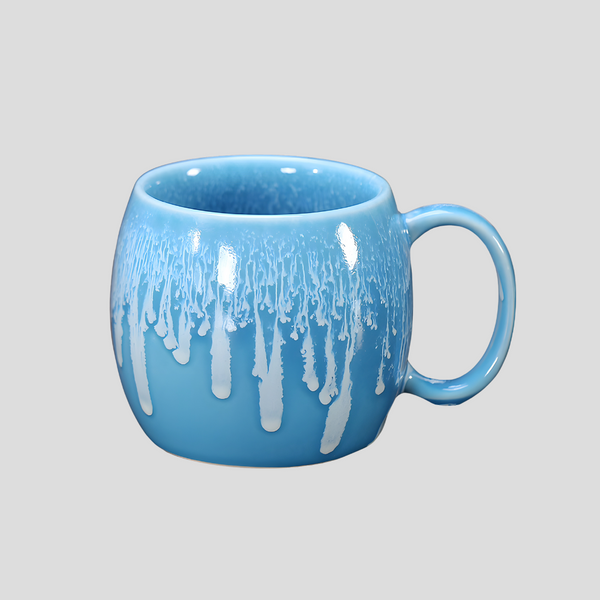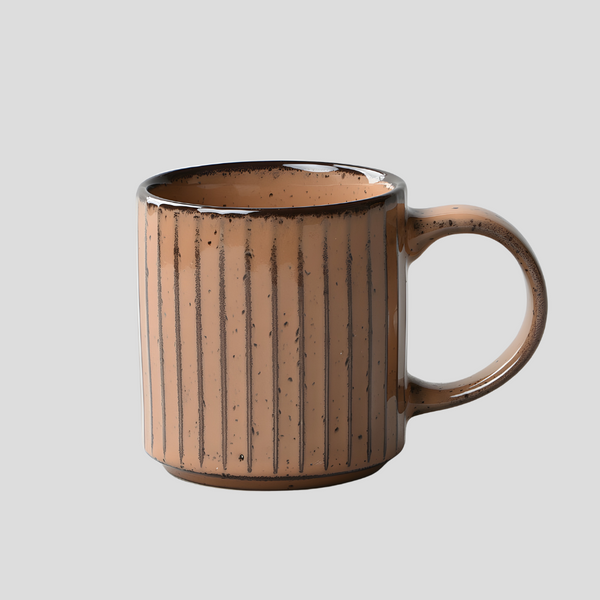
Ceramic vs Stoneware: Understanding the Differences
Introduction to Ceramic and Stoneware
When it comes to choosing materials for dinnerware, kitchenware, or decorative items, the vast array of options available can be overwhelming. Two popular materials often discussed and used in various applications are ceramic and stoneware. Both materials have unique characteristics, benefits, and uses that make them suitable for different purposes. This article aims to shed light on the differences between ceramic and stoneware, helping you to make informed choices for your needs.
What is Ceramic?
Ceramic is a broad term that refers to objects made from clay that has been hardened by heat. Ceramics include a wide range of products such as earthenware, porcelain, and stoneware. The clay used for making ceramic items can vary, and the temperatures at which it’s fired also differ, leading to various qualities and textures. Ceramics can be glazed or unglazed and are known for their versatility, durability, and aesthetic appeal.
Understanding Stoneware
Stoneware, on the other hand, is a type of ceramic that is known for its strength and durability. It is made from a particular type of clay that is fired at a high temperature, typically between 2,185 degrees Fahrenheit (1,200 degrees Celsius) and 2,375 degrees Fahrenheit (1,300 degrees Celsius). This process results in a denser, sturdier material that is less porous than other types of ceramics. Stoneware often has a weighty feel and can come in a range of natural colors, depending on the clay used.
Key Differences Between Ceramic and Stoneware
Composition and Manufacturing
While all stoneware is ceramic, not all ceramics are stoneware. The key difference lies in the composition of the clay and the firing temperature. Stoneware is made from a specific clay that is fired at a high temperature, making it tougher and more durable. In contrast, other ceramics can be made from a variety of clays and fired at lower temperatures, resulting in a wider range of textures and durability.
Durability and Porosity
Stoneware is known for its exceptional durability due to the high temperatures at which it is fired. This process makes it resistant to chipping and scratching. Additionally, stoneware is less porous than other ceramics, making it an excellent choice for dinnerware and kitchenware as it does not absorb liquids easily. Other types of ceramics, especially those fired at lower temperatures, may be more porous and less durable.
Aesthetic Differences
Aesthetically, there can be noticeable differences between stoneware and other types of ceramics. Stoneware typically has a more rustic, earthy appearance, with natural tones and a sturdy, solid feel. Other ceramics, depending on the glaze, clay, and firing method used, can range from glossy and delicate to matte and textured. The aesthetic versatility of ceramics makes them suitable for a wide variety of decorative uses.
Usage and Care
Due to its durability and low porosity, stoneware is ideal for everyday use and is often dishwasher, microwave, and oven safe. However, care should be taken with extreme temperature changes to avoid cracking. Other ceramics, particularly those that are more delicate and porous, may require more careful handling and cleaning. Always check the manufacturer’s instructions for the best care practices.
Conclusion
Understanding the differences between ceramic and stoneware can help you make better choices for your home and lifestyle. Both materials offer unique benefits, from the durability and practicality of stoneware to the aesthetic diversity of ceramics. Whether you’re selecting dinnerware, kitchenware, or decorative items, considering the characteristics of these materials can guide you to the perfect selection for your needs.
Click this link to check out our ceramic artwork!
